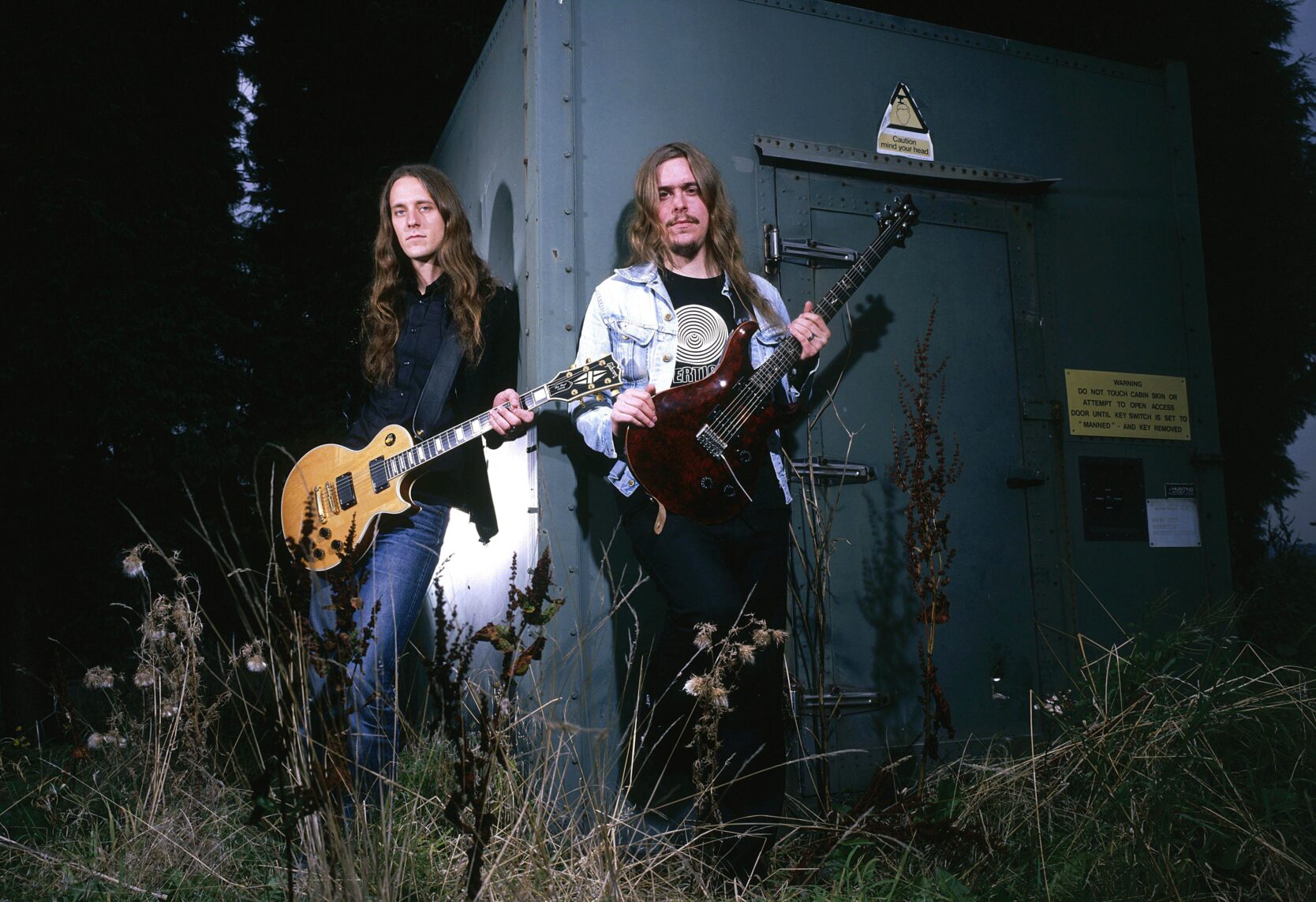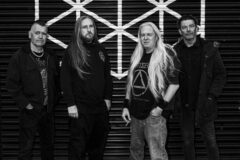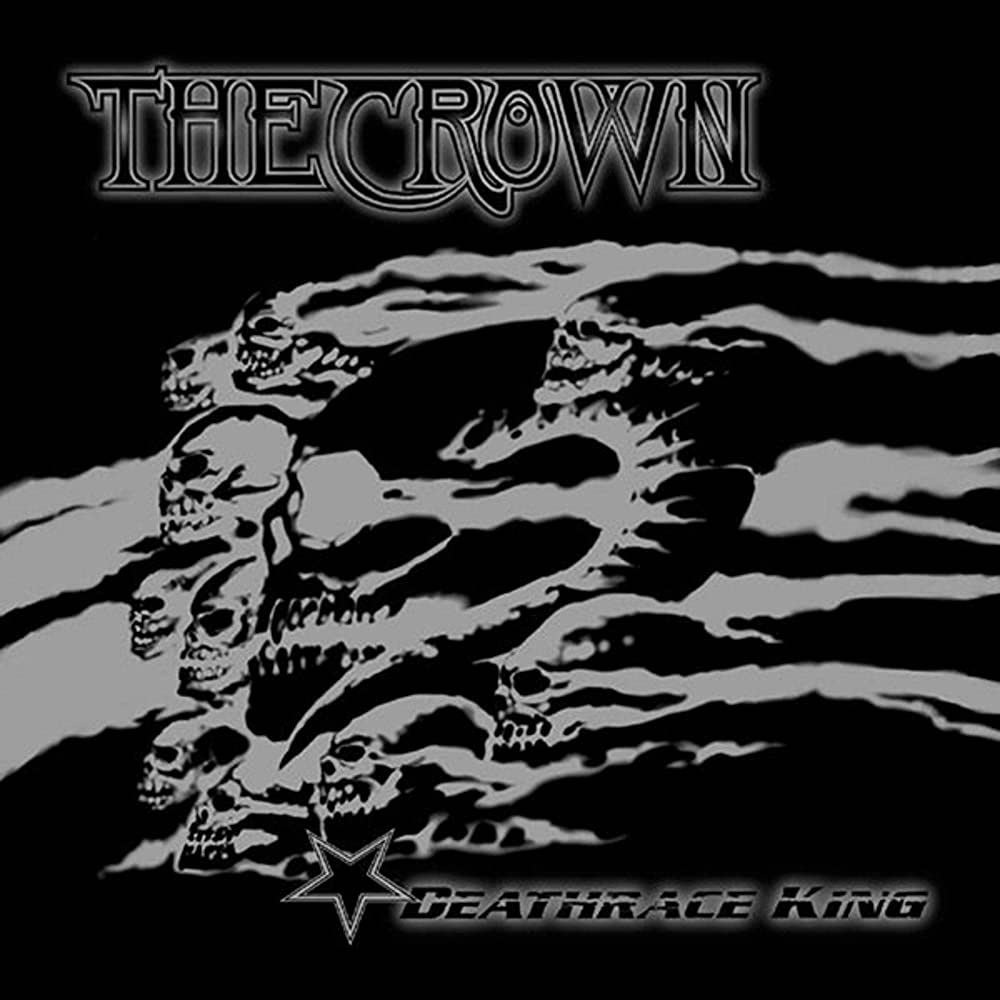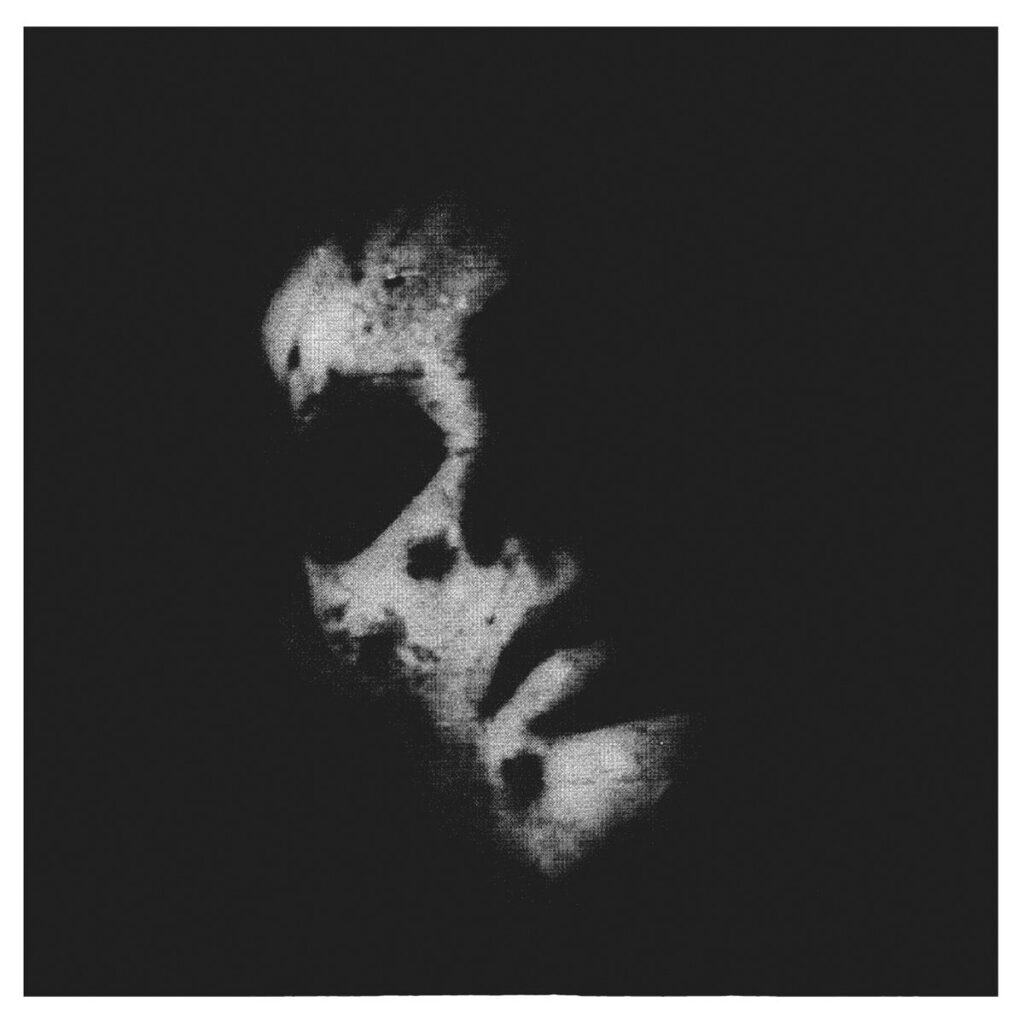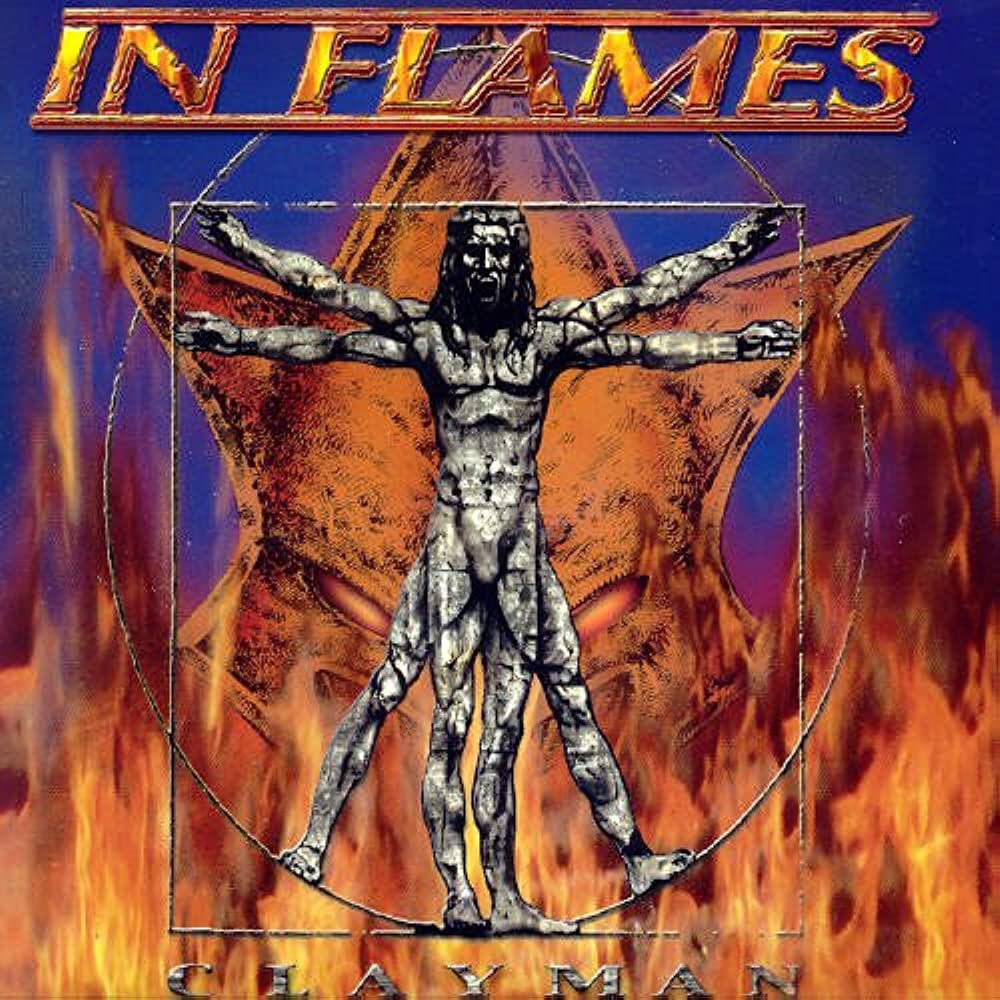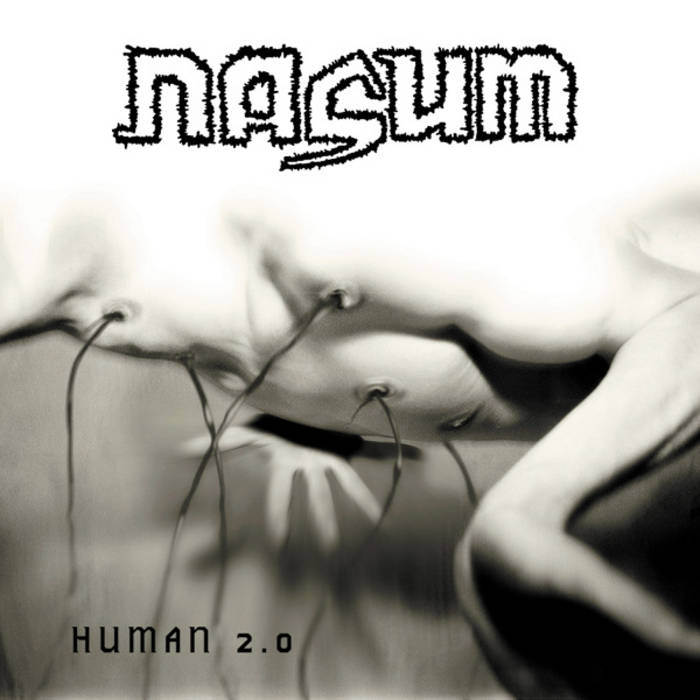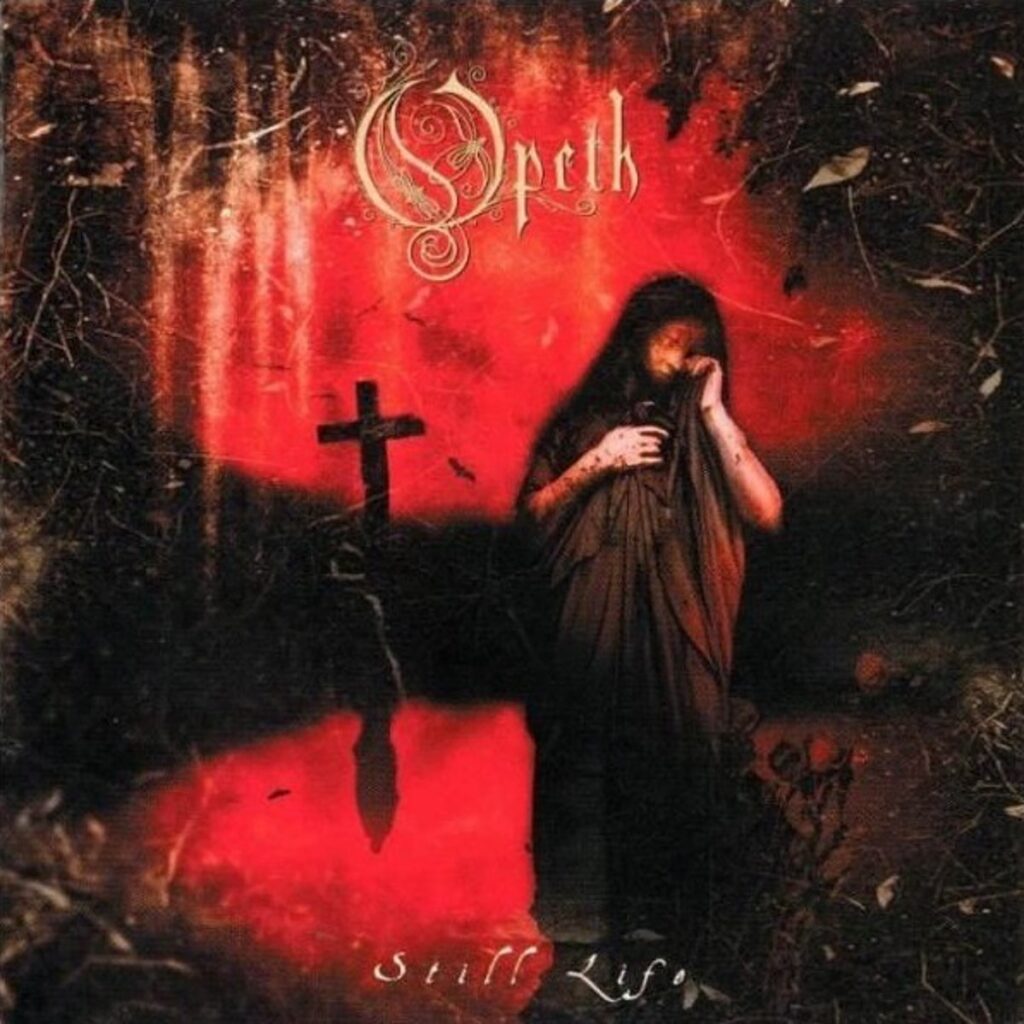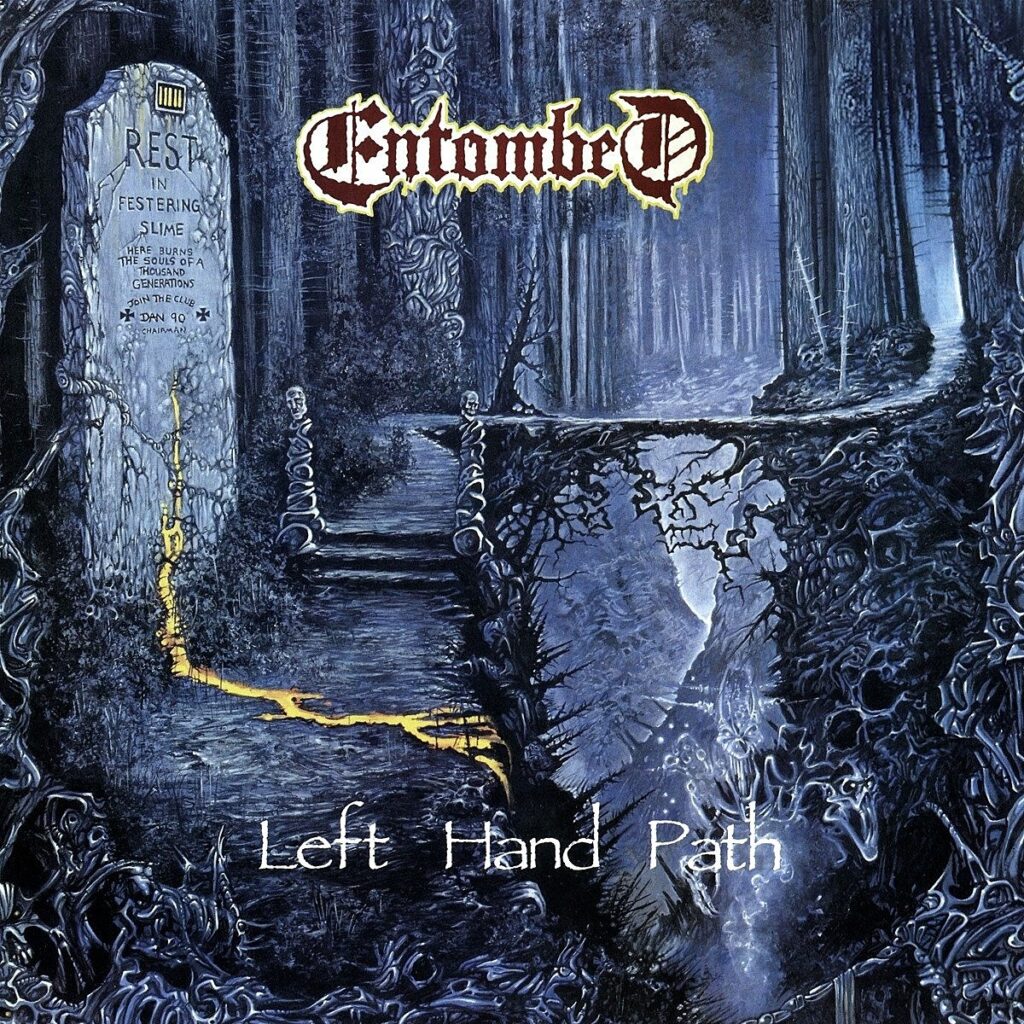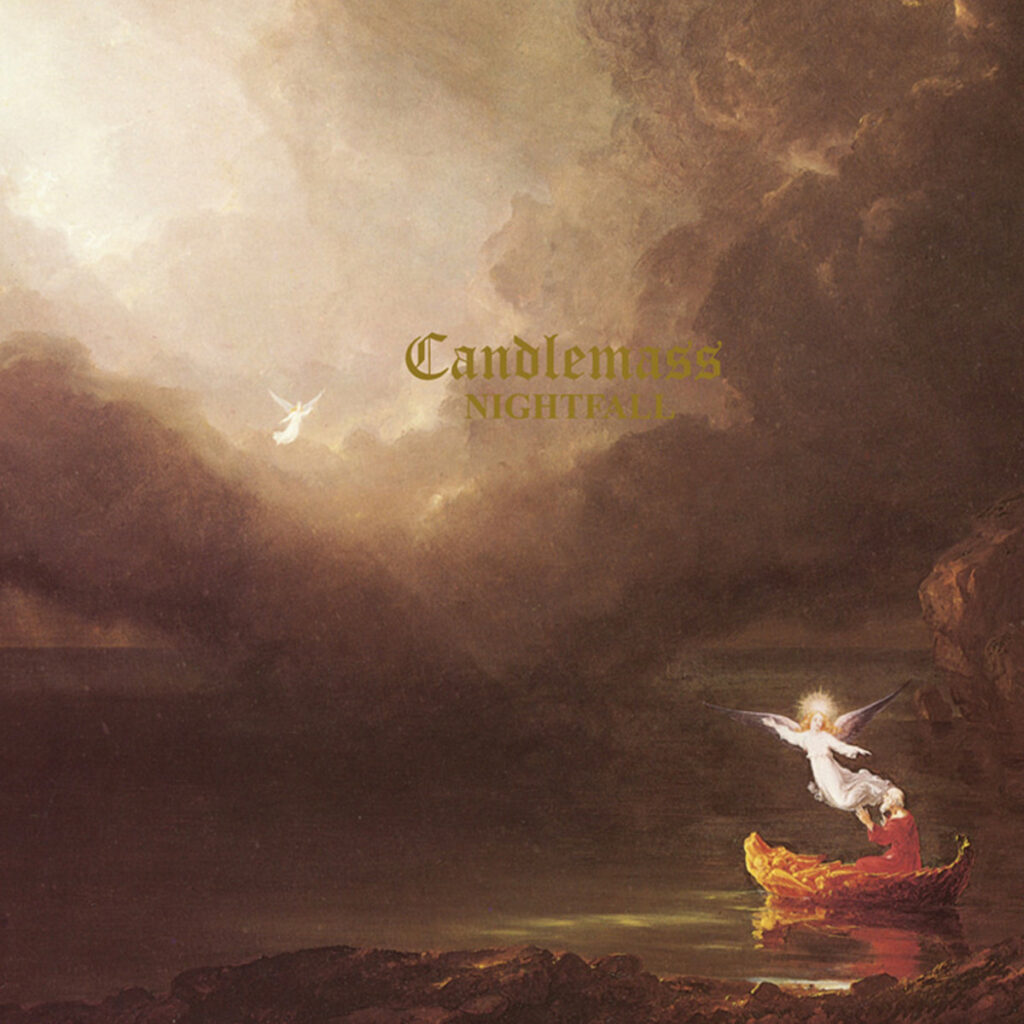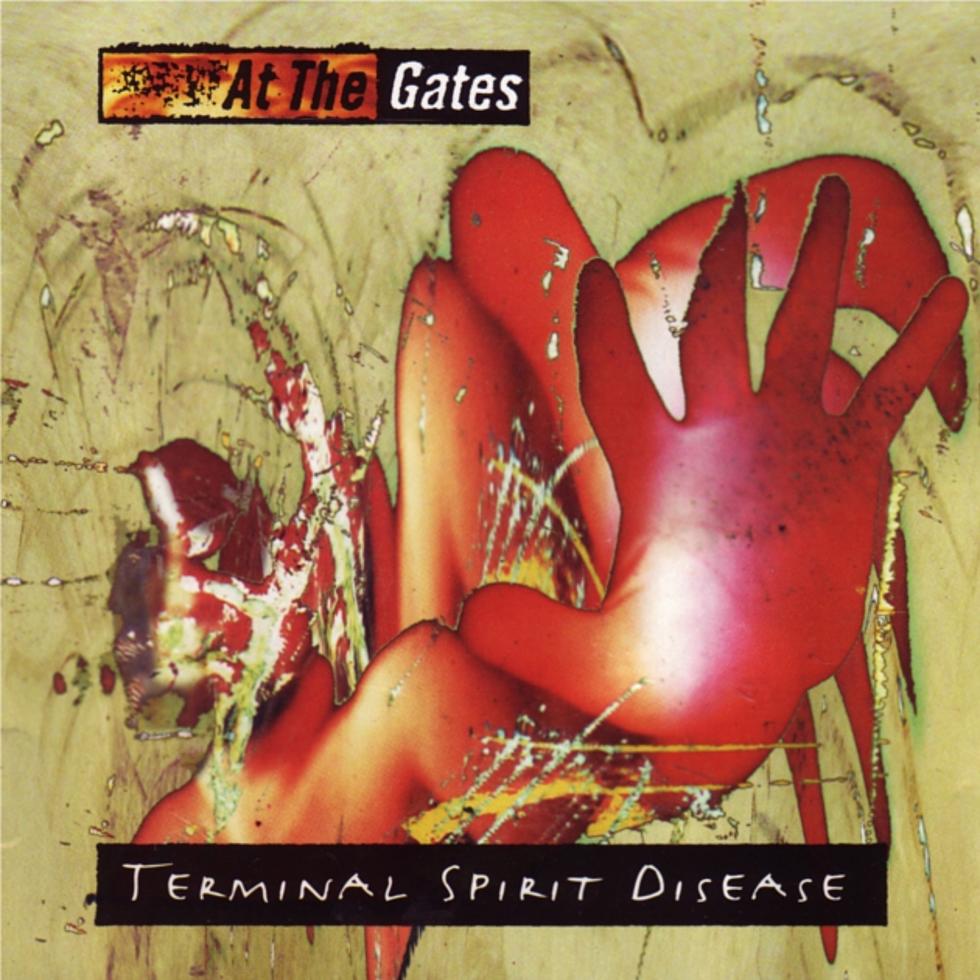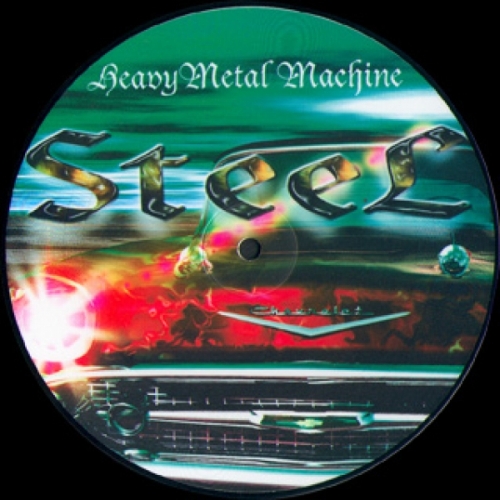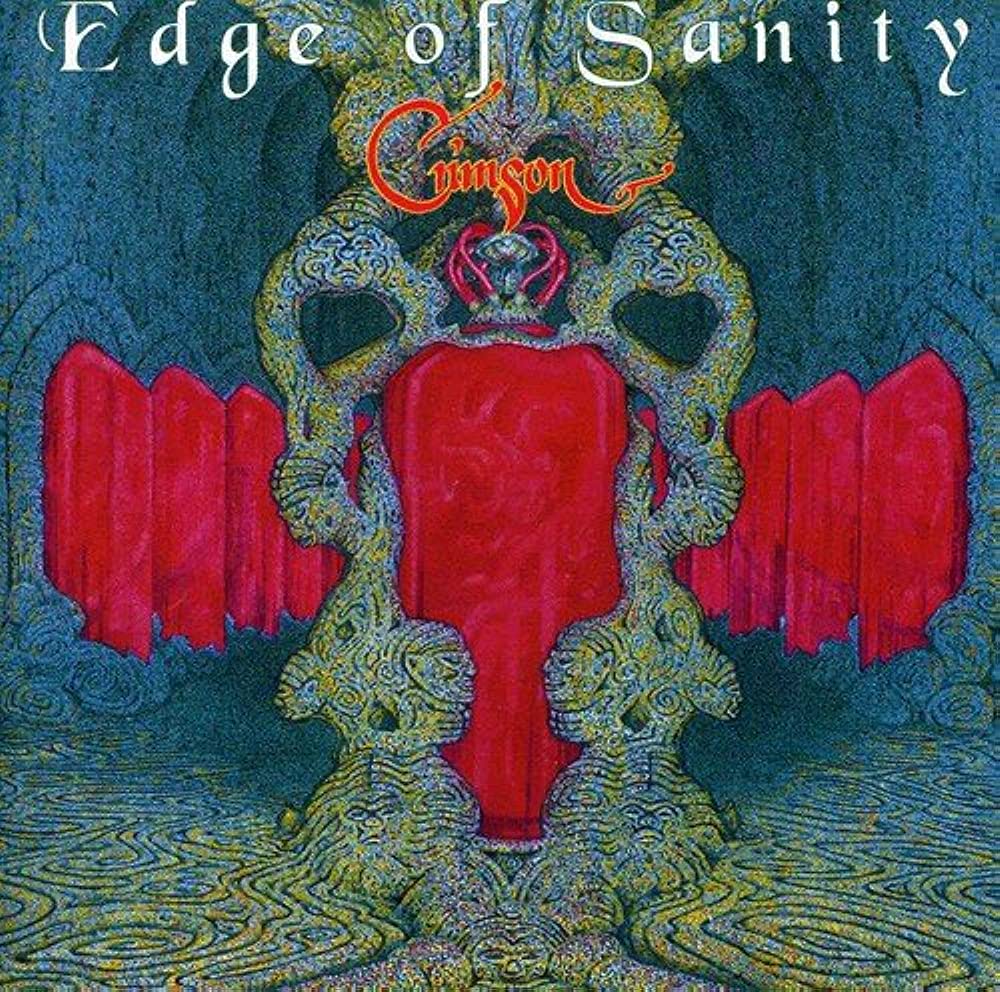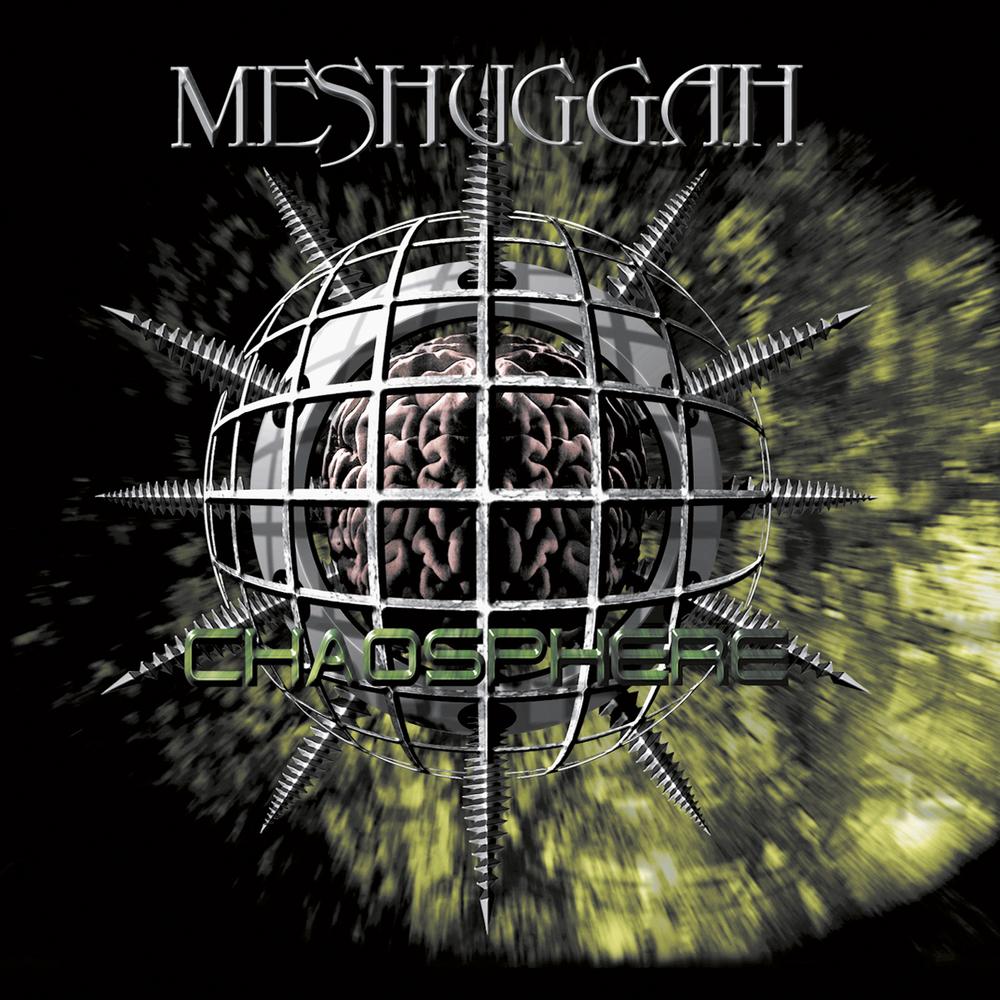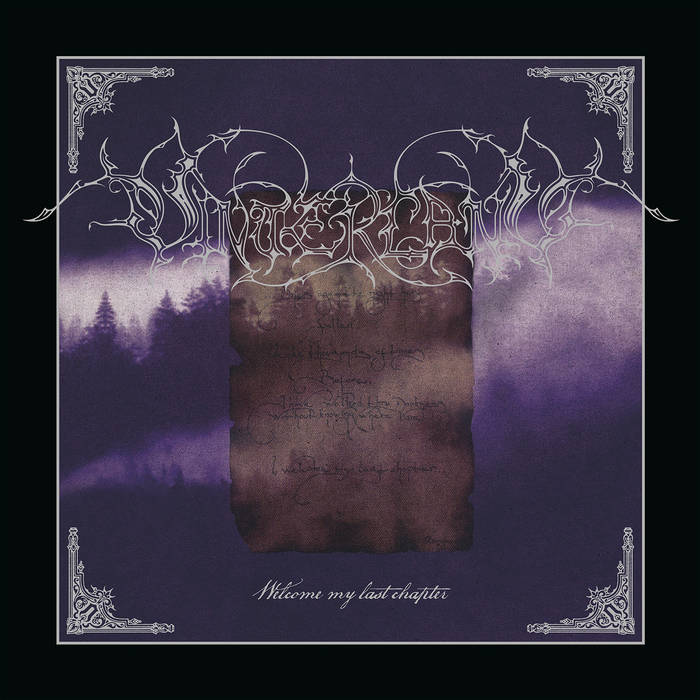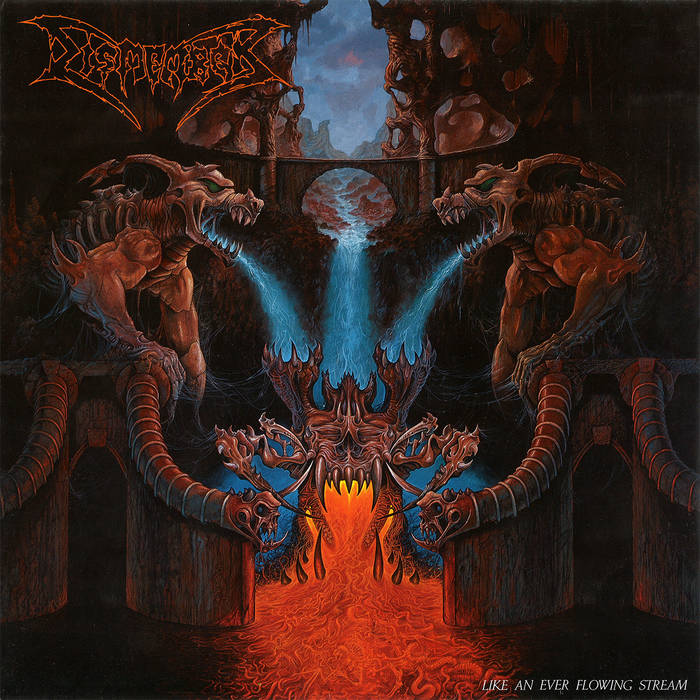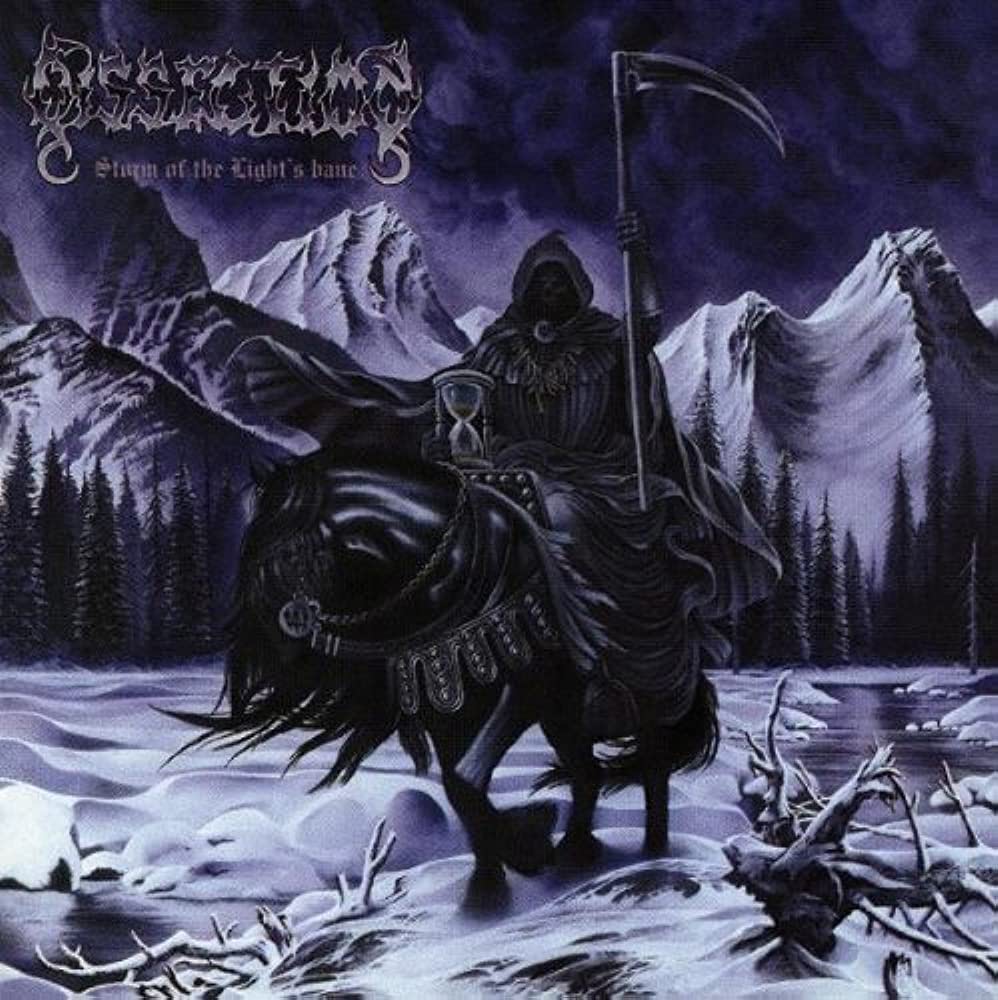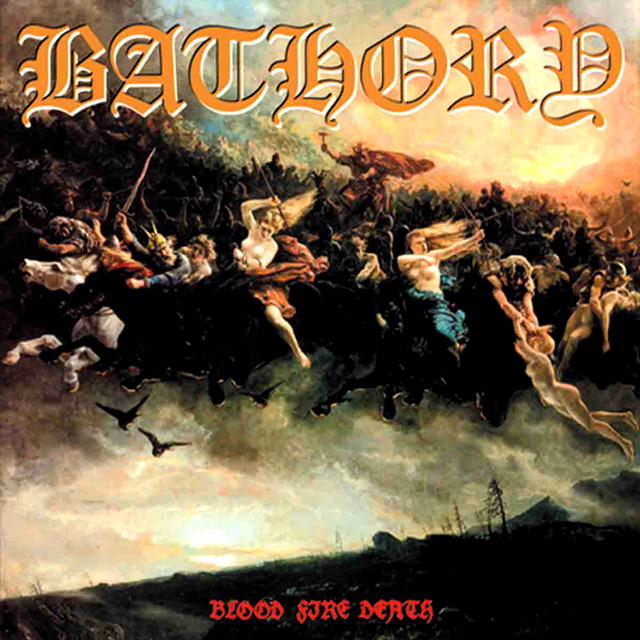That’s only a slight exaggeration. In the ‘90s, Gothenburg’s melodic death metal scene took a simple idea — death metal should sound more like Iron Maiden — and ran with it. At one point, it was Europe’s leading metal sound. A decade later, in the 2000s, a whole host of American metalcore bands took from Gothenburg and made their own careers, right as metal was gaining some popular legitimacy again. Just mere years before Gothenburg’s rise, a few kids turning the knobs to max on their Boss HM-2 pedals gave rise to an entire death metal sound — the Sunlight Studios sound, the buzzsaw guitar sound, whatever you wanna call it.
Subsequently, a lot of hardcore bands in the 2010s were inspired by that style.
Sweden’s reach goes way further. Bathory’s buzzy guitar sound set the tone for black metal, completing a trifecta started by Mercyful Fate’s demonic melodicism and Venom’s fuck-off attitude. Opeth melded progressive rock and death metal, a combination you wouldn’t expect would lead them to headline Red Rocks down the line. YouTube djent guitar dudes flexing their 8- and 9-string guitars owe their entire careers to Umeå’s Meshuggah. Ghost, indebted to classic metal, are one of the biggest new bands in years, and one of the few metal bands who can pack American arenas (though as our 12 Worst Metal Albums list details, what’s the appeal?).
So narrowing down 15 of the best Swedish metal albums was monumentally difficult. I’m sure Harvard admissions staff have an easier time narrowing down non-legacy students to admit. Anyway, a toast to Sweden’s greatest musical export! (Don’t come at me, ABBA fans.)
15. The Crown – Deathrace King (2000)
Back when The Crown were Crown of Thorns, they were just another Swedish melodic death metal band. A good one, but one of many. With the name change came a new purpose, and they really hit their stride with their second album as The Crown, Deathrace King. This record is death-thrash defined: death metal’s acidic harshness spiked with a thrashy, no-shit-taking grin. When you say “Slaughter,” they’ll answer “STRAPPADO!,” not “up all night, sleep all day.” Nothing wrong if you need to drive home at 6 a.m. to this one, though — “Devil Gate Ride” and “Blitzkrieg Witchcraft” were made for speeding past your regrets. “Vengeance” is something of an outlier, flirting with roto speaker psych and auxiliary industrial percussion. Still, you better have a black ace in your pocket to really feel this one.
14. In Solitude – Sister (2013)
If you didn’t record a metal masterpiece in your early 20s, are you really Swedish? In Solitude formed as teenagers in 2002 (as Random Raiders) and were still quite young bucks when their third album, Sister, came out in 2013. It slathers Mercyful Fate’s early black metal with gothic lust and NWOBHM gallops, old leather spun anew as velvet. No surprise guitarist Henrik Palm was one of Ghost’s “Nameless Ghouls,” but Ghost could never record a song as sexy as “Pallid Hands.” Singer Pelle Åhman lends endless charisma, forlorn for loves not of this world. Intense romance doesn’t always last, and In Solitude broke up two years later. They could have been metal’s next great heartthrobs.
13. In Flames – Clayman (2000)
In Flames were the breakout band from the Gothenburg scene…and the less said about their post-2000 albums, the better. Clayman represents a sweet spot between their deathier, more complicated beginnings and their commercial aspirations. It starts with a helluva trio: “Bullet Ride” is a bittersweet take on melodic death metal that also flirts with trip-hop beats, then “Pinball Map” goes for more aggression and absurdity, and after that is “Only For The Weak,” Gothenburg’s pop-metal peak. Anthemic self-pity was rock’s major mode in the ‘90s and 2000s, and this song is dripping in it through Anders Fridén’s snarl, keyboards befitting an angelic entrance, and soccer-stadium-ready riffing. You can tame a wild creature through verse-chorus-verse-bridge-chorus, and sometimes the results are great! The rest of Clayman is no slouch either: Peep “Suburban Me”’s relatable melodrama and the title track briefly bringing back their old self.
12. Nasum – Human 2.0 (2000)
Concurrent with Sweden’s metal landscape is a punk underground, mostly drawing upon Discharge’s d-beat template. Naturally, when punks and headbangers throw riffs and fists, grindcore happens. Nasum was Sweden’s Napalm Death, and they were none more blazing than on Human 2.0. Its attacks on social conformity, information junk overload, and the “Multinational Murderers Network” that control and fuck the Earth are as relevant now as they were at the millennium’s turn. Nasum grinded hard, but weren’t afraid to throw in groove or noise rock skronk to agitate the constant blasting. “A Welcome Breeze of Stinking Air”’s mid-paced breakdowns may be the heaviest thing on here. Half-speed ahead! Sadly, Nasum would end four years later when vocalist Mieszko Talarczyk died in the Indian Ocean Tsunami in Thailand.
11. Opeth – Still Life (1999)
Opeth built themselves by contrasting dark and light way before post-metal, thanks to their affinity for British prog’s folkier side. The band’s classic lineup — vocalist/guitarist/founder Mikael Åkerfeldt, drummer Martin Lopez, bassist Martin Méndez, and guitarist Peter Lindgren — really hit their stride on Still Life. Åkerfeldt’s clean vocals are more confident and sonorous, and they carry the somber acoustic number “Benighted” and Dire Straits-riffing fan favorite “Face of Melinda.” Though their move towards total psych-prog was years off at this point, they do hint at that eventual direction. Here, there’s still plenty of death metal, as “Godhead’s Lament” and “Serenity Painted Death” both showcase the band’s nimbleness when they usher in the demonic. Even their harsher moments always had a little delicacy, though not quite like Gothenburg.
10. Entombed – Left Hand Path (1990)
Entombed’s debut, Left Hand Path, may be the most copied Swedish metal record ever. When people refer to the “buzzsaw” guitar sound, this is what they’re talking about. If you know it, you lust for it, and have likely tried to emulate it too. Uffe Cederlund’s barrage whirls like a mechanical cyclone, a tone with real gravitational pull. Above all, it cuts. Fast. No remorse. No regrets. Left Hand Path thrusted Autopsy’s grime-ridden brutish credo into harsh light, revealing the burning skeleton within. Many bands in Sweden and abroad have taken from this album — few came close, and as seen later on the list, only one band exceeded Entombed in that regard. (Pour one out for vocalist L-G Petrov, who died from bile duct cancer in 2021.)
9. Candlemass – Nightfall (1987)
There’s loads of longhairs who can hit high notes in Sweden, and doom metal pioneers Candlemass have burned through a few of them. One towers over all — Messiah Marcolin, the afro-ed belter in monk garb famous for his stomping dance. He joined Candlemass on their second record, Nightfall, and gelled their Gothic soothsayer vibes. Years before bands like Sunn O))) actually played churches, Nightfall was meant to be beamed from cathedrals, with both Mats Björkman’s rhythm guitar and Marcolin’s vocals ascending to celestial heights. In “At The Gallows End,” Macolin is practically The Voice of God, making an opera out of damnation. Doom bands all revere Sabbath, though Candlemass — and bassist Leif Edling, their main songwriter — took equally from the Dio albums’ dramatic flairs as they did from the Ozzy classics’ monolithic riffing. “Bewitched,” one of Candlemass’ most beloved songs, lives this out, maxing out camp without losing power.
8. At The Gates – Terminal Spirit Disease (1994)
Terminal Spirit Disease is only a full-length because of three live tracks at the end. The 22 minutes of original material is At the Gates’ — and the Gothenburg sound’s — apex. Most bands use violin and cello for mere texture, to give a classical spritzing; in leading off “The Swarm,” they set the record’s whole tone, like that of an intimate funeral concerto. In toning down abstraction, they maximized emotional devastation. Guitars don’t just charge, they swell — ambrosia flows through “The Fevered Circle,” coursing with melancholic sweetness. Though follow-up Slaughter of the Soul broke Gothenburg to the larger metal world, its Black Album-like streamlining tramples on Disease’s stained-glass beauty.
Buy Terminal Spirit Disease on Amazon
7. Steel – Heavy Metal Machine (1998)
When Opeth were recording Morningrise, three-fourths of the band formed Steel with producer Dan Swanö on vocals as a tribute to ‘80s speed and power metal bands of their youths. With Sweden in the throes of death metal, this stuff was way out of fashion in 1996. Sweden’s metal legitimacy is such that a one-off, cheeky homage like Steel’s sole EP, Heavy Metal Machine, bests most bands’ sincere efforts. The title track is Judas Priest taken to comical heights, with the double kick drums never letting up, a nod to “Breaking The Law” with sirens, and Swanö speaking only in falsetto. Fuck the fuck yeah! “Say Goodbye (To Love)” is an overcharged ballad, a hangover from too much April Wine. Keyboards that would make Europe (the band) cry for modesty, hair metal shredding from Åkerfeldt, and Swanö really begging for it in the chorus — it’s so over the top, it rules. And what needs to be said about a track simply called “Rock Tonite?” Subtlety will get you nowhere!
Buy Heavy Metal Machine on Amazon
6. Edge of Sanity – Crimson (1996)
If Swanö didn’t play on your favorite Swedish metal record, he probably produced or mixed it, did backing vocals, or was involved somehow. Basically, he was Arthur Rizk before Arthur Rizk. Bar none Swanö’s masterpiece is Edge of Sanity’s Crimson, a single 40-minute track that crosses every thread in great Swedish death metal. It marries Opeth’s progressive bonafides (Åkerfeldt contributed clean vocals, and his cries at the end of the second movement are divine), Gothenburg’s melodies, diversions into death-doom, and the HM-2 savage spirit, if not its exact tone. Each of these sides accentuate each other, creating a beast you can’t look away from. If death metal splits too easily into factions, Crimson is the anti-faction. Crimson is death metal realized.
5. Meshuggah – Chaosphere (1998)
Meshuggah are Europe’s Pantera: Both are known for groove-laden guitars, both spawned subgenres filled with vastly inferior copies, and both bands’ success drove in the chuds, which makes kvlter-than-thou types dismiss them. Their loss. With Chaosphere, Meshuggah shed off thrash and embraced jackhammer rhythms sent on a singular mission to disorient. It’s hard to tell if Fredrik Thorendal’s nonlinear soloing is the ground for guitarist Mårten Hagström and drummer Tomas Haake to really lay it in, or if the rhythm allows Thorendal to abuse the fretboard as he pleases. Either way, it’s evident they are locked the fuck in. “Concatenation” and “The Mouth Licking What You’ve Bled” hone in on annihilation and warping patience, yet they’re still super catchy. Not a term you’d associate with a band whose every review mentions polyrhythms. Jens Kidman’s acidic voice is likely what brings in the bro factor, yet he’s way, way harsher — DuPont has likely tried to capture his essence into chemicals for years now. Djent bands would build off Chaosphere’s sound, though none of them have Meshuggah’s soul.
4. Vinterland – Welcome My Last Chapter (1996)
Alongside melodic death metal’s explosion, there were a slew of black metal groups Maiden-ing up their tremolo-based assaults. Vinterland only made one album — Welcome My Last Chapter, a rather pessimistic name for a debut — but what a beautiful record it is. While Norway pioneered black metal’s wintery aesthetic, no band sold the myth of enthralling snowstorms and endless forests quite like these Swedes did. In particular, “I’m an Other in the Night” is a gorgeous specter, flaunting melodic majesty while never quite revealing its full gaze. In a harrowing blizzard, you’ll have snow-tinted glasses — embrace it. (And guess who plays keyboards? That’s right, Dan fucking Swanö!)
Buy Welcome My Last Chapter on Amazon
3. Dismember – Like an Everflowing Stream (1991)
Not long after Entombed ushered in the HM-2 sound, Dismember refined it with Like an Everflowing Stream, a debut that should be spoken with the same reverence as Kill ‘Em All and Show No Mercy. As one can gather from the title, this album flows — Davidl Blomqvist and Robert Sennebäck channel the buzzsaw sound like ambrosia turned red. “Override of the Overture” is exactly the faux-classical you want from metal, with a bombastic opening and guitars slashing ever so gracefully. Stream celebrates the lurid — “Sickening Art” is practically Dismember’s mission statement, and the U.K. government tried to deem “Skin Her Alive” obscene — and they pull it off with sophistication fellow gorehounds could never aspire to.
Buy Like an Everflowing Stream on Amazon
2. Dissection – Storm of the Light’s Bane (1995)
Dissection’s second album, Storm of the Light’s Bane, exemplifies melodic black metal, though it is also one of Sweden’s most fraught records. It’s nothing short of breathtaking: Melodies are deliberately labored for optimal resonance, yet they feel as natural as wind and sunlight. The guitars are choirs unto themselves in “Thorns Of Crimson Death,” evoking rapturous concert hall encores with mere tremolo strums. The drumming battery is unrelenting, what you want in black metal, but does not overtake the stellar axe work. More straightforward songs like “Soulreaper” and “Unhallowed” don’t sacrifice ferocity for vivid tones. (And, no surprise, Swanö contributes backing screams.) Jon Nödtveidt was a young metal prodigy, having composed most of the album before he was 20, though two years later he was arrested for killing a gay man in the infamous Keillers Park murder, along with a co-conspirator only known as Vlad. It’s totally possible to recognize someone who did what he did was also capable of making highly affecting music, though it doesn’t make it easier to stomach. Every artist’s dream is to live forever through their work, right? Nödtveidt got what he wanted: His melodies will always be bigger than him. Even if we can’t fully untangle Dissection from its creator, it’s not impossible to liberate those melodies in some way. They’re too good to be shamefully chained.
Buy Storm of the Light’s Bane on Amazon
1. Bathory – Blood Fire Death (1988)
Though other acts have gone on to more visible success, no one still looms quite as large in Swedish metal as Quorthon, the man behind Bathory. He was not only partially responsible for inventing black metal, he reinvented it a few times prior to black metal’s explosion in the early to mid-’90s. Any of his first five albums could have fit into this slot, but ultimately, Blood Fire Death is his masterwork.
It was the beginning of his Viking metal era, where his inspirations turned away from Satan and towards ancient Nordic mythology. Quorthon went deeper and longer in his compositions while retaining the raw, buzzy fury that characterized his sound before. “A Fine Day to Die” looks to the raging sky while firm in the earth, with Quorthon’s frenzied soloing moving from metal-punk chaos to otherworldly bloodshed. Blood came out during thrash’s heyday, and though not in that genre at all, it has that adrenalizing quality not unlike thrash at its best. “Pace Till Death” alone will make you want to fight a higher power. The title track is the ideal of battle personified: The warrior charges in, with war drums in formation, and as the angelic choirs are singing to open the pearly gates as the warrior on the verge of death, they come back and crush all of their enemies. Quorthon gave black metal so much, and here he opened the doors for epics, for grandiosity as reverence.
Most bands wish they had a song as good as “Odens Ride Over Nordland,” a fucking intro track. If nothing else convinces you, that should.
Buy Blood Fire Death on Amazon
If you purchase an independently reviewed product or service through a link on our website, SPIN may receive an affiliate commission.

